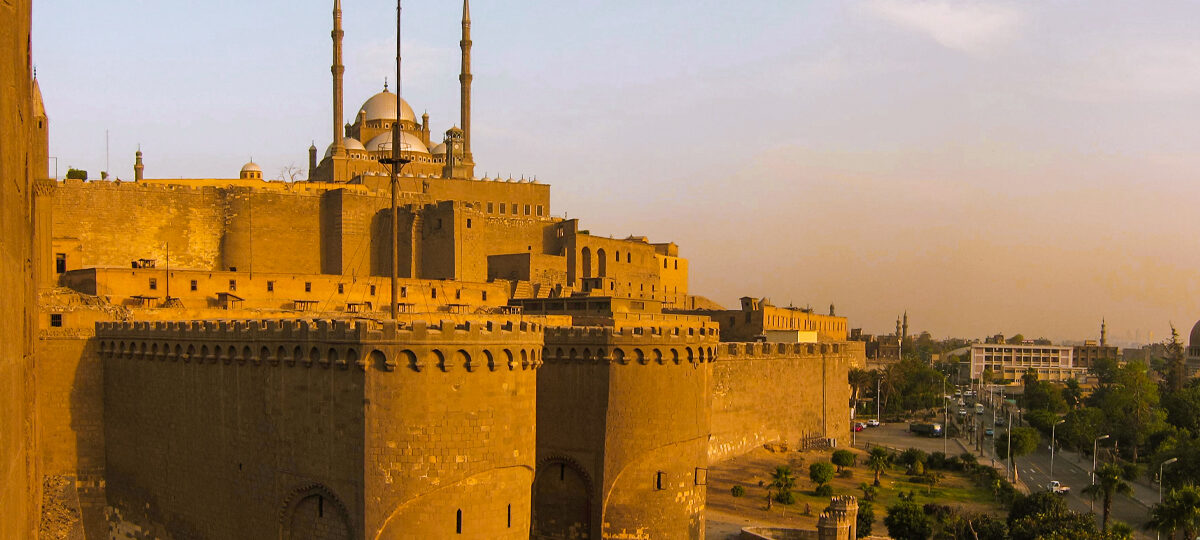Salah El Din Citadel
Salah El-Din, also known as Saladin in European history, overthrew the Fatimid monarchy in 1171 AD and set up the Sunni Ayyubid Caliphate in its place. Saladin decided to strengthen the city’s defenses because European crusader troops might attack. In 1176 AD, he began building a wall that would surround both Al-Qahir and Fustat, which are now both Islamic cities (Old Cairo).
Salah El-Din was born in 1137 AD in Tikrit, Iraq. Before he became a judge, he studied the Quran, theology, astronomy, math, and law. As a soldier, the training he got from his uncle Asad-al-Din Shirkoh, who was a leader of the Zengid Dynasty at the time, was very helpful.
Salah El-Din proved he could lead military operations by doing great things in battle. At the age of 31, he went from being a soldier to be the King of Egypt and Syria, thanks to his great skills and well-thought-out plans. Because he was so strong, he was able to get rid of the Fatimids and take over Egypt.
The Citadel was built as the center of these huge defenses to protect the city from the tall peaks that rose above it. Saladin’s Citadel, which was finished in 1183 AD, was Egypt’s center of government for 700 years, until Khedive Ismail, the country’s first female monarch, moved his court to the newly built Abdeen Palace in Downtown Cairo in the 1870s.
Salah El Din Citadel:

When it was first built, the Citadel was a stronghold for the Crusader forces. Now, it looks very different from how it did back then. Many different kings and queens helped make it bigger and better. Sultan Al-Nasir Muhammed built a mosque on the site, which is still called after him. He also built the Southern Enclosure of the fort, which is close to Saladin’s original defenses. During the nineteenth century, the most important changes happened.

